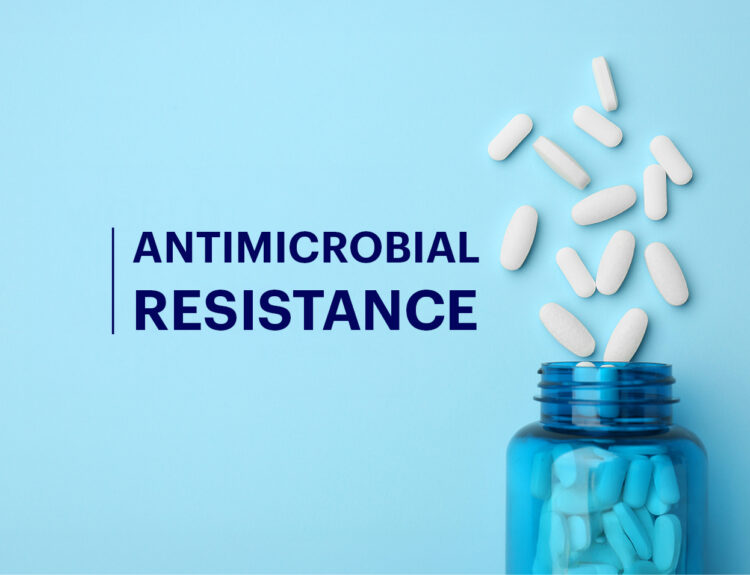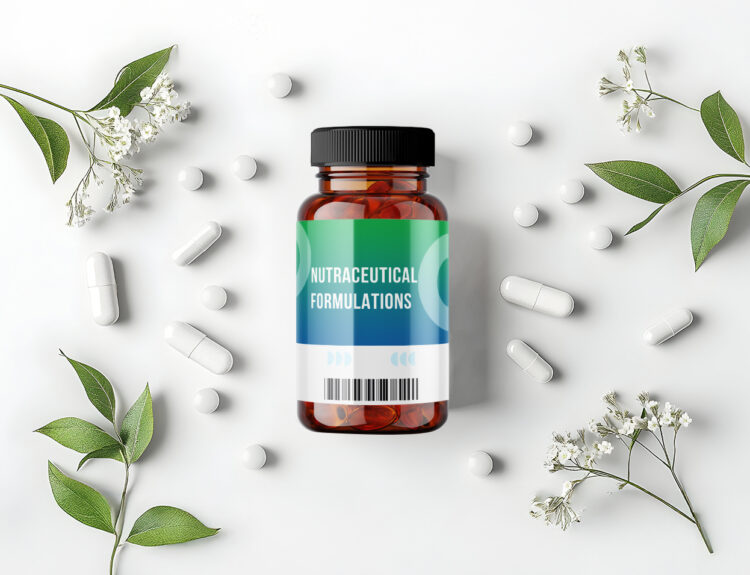We’ve all seen the headlines: Burnout among healthcare workers is at an all time high. Stories of doctors and nurses leaving their profession altogether abound. The medical profession is experiencing collective trauma. Medicine has become a battlefield. We are battling entitled patients, crushing bureaucracy, crushing workload, and scarcity of resources. The question is, how do we come back from it? You may be experiencing resiliency-talk fatigue. You may be screaming: Just change the system! But let me ask you this: Do you see the system changing soon? “When we are no longer able to change a situation, we are challenged to change ourselves.” Victor Frankl
I have something more than resiliency to offer you. Resilience is returning to our pre-trauma state. Even before the pandemic, the rate of burnout in healthcare settings was among the highest of all occupations. For decades, physicians have had one of the highest suicide rates of any profession. Do we really want to go back to that? Instead, I have Post Traumatic Growth to offer you.
What is Post Traumatic Growth?
Post traumatic growth (PTG) is a term that encompasses more than just resiliency. PTG is a term coined by University of North Carolina researchers. Post traumatic growth is becoming better after trauma. It is transformation through suffering.
Have you ever observed how, after a life-threatening event, some of your patients morph into a far better version of themselves? Or how cancer survivors seem to be more appreciative of simple things and less prone to “sweating the small stuff”?
Post Traumatic Growth – Case study of Mr. H
Mr. H was a highly driven, successful entrepreneur who was always overly preoccupied. He was impatient with the reception staff and can be quite demanding. He suffered a sudden aorta rupture at the age of 53. He was fortunate that it was discovered in time to save his life.
After surviving his ordeal, Mr. H changed dramatically. He became more patient, tolerant, and overall pleasant as he spent his time speaking with the receptionists. He took his time when he came in for his visits. He also made time for his medical appointments, which he had not done previously. He expressed his appreciation.
On this battlefield of medicine, we have two choices:
- We can languish
- We can become This is Post Traumatic Growth.
If you choose #1, you can stop reading now. If you choose #2, here are the benefits:
- Increase appreciation of life and relationships
- Increase compassion, both for ourselves and for others
- Opportunity to see new possibilities
- Increase agency and the knowledge we can overcome adversity
Trauma Paradox
Our brains can disintegrate and rebuild themselves stronger than before as a result of psychological tension, according to studies.
To do this, we must cultivate curiosity and flexibility in exploring the tension. We need to confront these unpleasant emotions straight on. We discover significance in our angst through this investigation. Only by following these steps can we turn trauma into an opportunity for growth rather than allowing it to destroy us.
Paradoxically, disconnecting from negative emotions like fear, worry, and rage, whether through suppression or avoidance, causes us harm. We also deny ourselves the chance to investigate and transform the negative experience towards something beneficial.
Post Traumatic Growth – Discontent is the Driver of Change
Discontent allows us to consider different perspectives. Negative feelings might be beneficial. Can we pay attention to what they are saying? Is rage capable of pushing us to make momentous changes? Should our expectations be lowered?
5 ways to achieve Post traumatic growth
- Acceptance is an important prerequisite to PTG. Recognizing what we have control over and what we don’t. Focusing our efforts on what we can Control the controllable. This is not condoning what is wrong. We can accept but not condone something over which we have no control. It is about accepting our internal discomfort, rather than the external event or people.
- People with greater curiosity and openness are more likely to experience PTG, because it allows us to notice opportunities and recognize when our perspectives may not be the most accurate.
- We can ask ourselves if we can overcome the 3 Ps of emotional resiliency described by Martin Seligman:
- Personalization: When terrible things happen, it is not
- Pervasiveness: Adverse events do not affect every aspect of our lives.
- Permanence: Dreadful things do not last
- Changing the narrative. Think about people you have helped. What are the success stories? Remember that unpleasant events scream at us, whereas positive things The terrible is remembered far more than the pleasant. We tend to have a negativity bias.
- Can we challenge our assumptions: Are we here to save the world? Are all patients walking lawsuits or just a small minority?
In medicine, we have the privilege of witnessing loss, grief, and helping our patients in navigating through it. We also have the privilege of celebrating life, whether it is the birth of a child, or the remission of a cancer patient.
It is through acceptance and openness that we can start to see the world not as a horrific, awful place, but for what it really is. We learn to find fresh meaning and purpose in our lives, and as a result, we enjoy happier lives.
Like a butterfly emerging from its cocoon, or a chick emerging from its shell, the process can be painful. But after the emergence from the forces that bind us, it can be liberating, allowing us the ability to view life through a different lens.
We tear it apart, then rebuild it again, making it better and stronger.
Also read
Side hustles for Healthcare Professionals

MDForLives is a vibrant community of healthcare professionals and patients dedicated to shaping the future of healthcare. We provide valuable global insights to healthcare companies through online surveys, interviews, and discussion forums.






